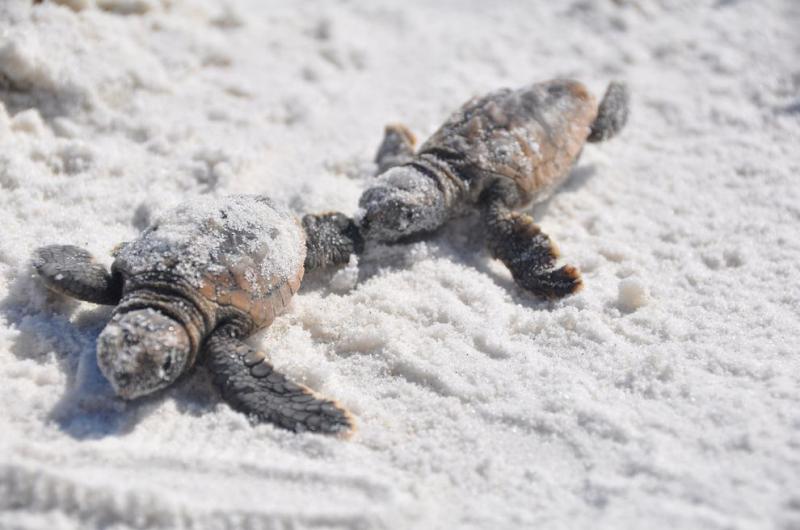

Data generated from satellites that monitor the formation of polar sea ice indicate that both coverage and thickness have decreased over the past three decades. The ice-covered polar regions are colder than other places on earth, due in part to the high albedo of the snow and ice cover.Īs earth’s climate warms, ice in the form of glaciers and sea ice has decreased dramatically. Ice also reflects sunlight, thus preventing additional heat from being absorbed by water or land. Image courtesy of Hugo Ahlenius, UNEP/GRID-Arendal Maps and Graphics Library. These changes alter the net amounts of energy absorbed and radiated back to space. Human impacts such as deforestation, air pollution, and the decrease in Arctic sea ice have also affected albedo values. For example, earth’s average albedo was much higher during the last ice age than it is today. Human and natural processes have changed the albedo of earth’s land surfaces. Forested areas or areas with dark soil absorb more radiation and have lower albedos. (Though no data were available, Antarctica would also have a high albedo.) Desert areas, such as the Sahara in Northern Africa, also reflect a great deal of radiation. White indicates where no data were available, and no albedo data are provided over the oceans.Īs shown in the image, the snow- and ice-covered Arctic has a high albedo. Areas colored red show the brightest, most reflective regions yellows and greens are intermediate values and blues and violets show relatively dark surfaces. The colors in this image emphasize the albedo over the earth’s land surfaces, ranging from 0.0 to 0.4. Image courtesy of NASA Earth Observatory. By quantifying precisely our planet’s albedo, the Moderate Resolution Imaging Spectroradiometer (MODIS) is helping scientists understand and predict how various surface features influence both short-term weather patterns as well as longer-term climate trends. In other words, about 30 percent of incoming solar radiation is reflected back into space and 70 percent is absorbed.Ī sensor aboard NASA’s Terra satellite is now collecting detailed measurements of how much sunlight the earth’s surface reflects back up into the atmosphere. Snow, ice, and clouds have high albedos (typically from 0.7 to 0.9) and reflect more energy than they absorb.Įarth’s average albedo is about 0.3. For example, land and ocean have low albedos (typically from 0.1 to 0.4) and absorb more energy than they reflect.

A perfectly white surface has an albedo of 1.0 (all radiation is reflected).ĭifferent features of earth (such as snow, ice, tundra, ocean, and clouds) have different albedos. Scientists use the term albedo to describe the percentage of solar radiation reflected back into space by an object or surface.Ī perfectly black surface has an albedo of 0 (all radiation is absorbed).


 0 kommentar(er)
0 kommentar(er)
